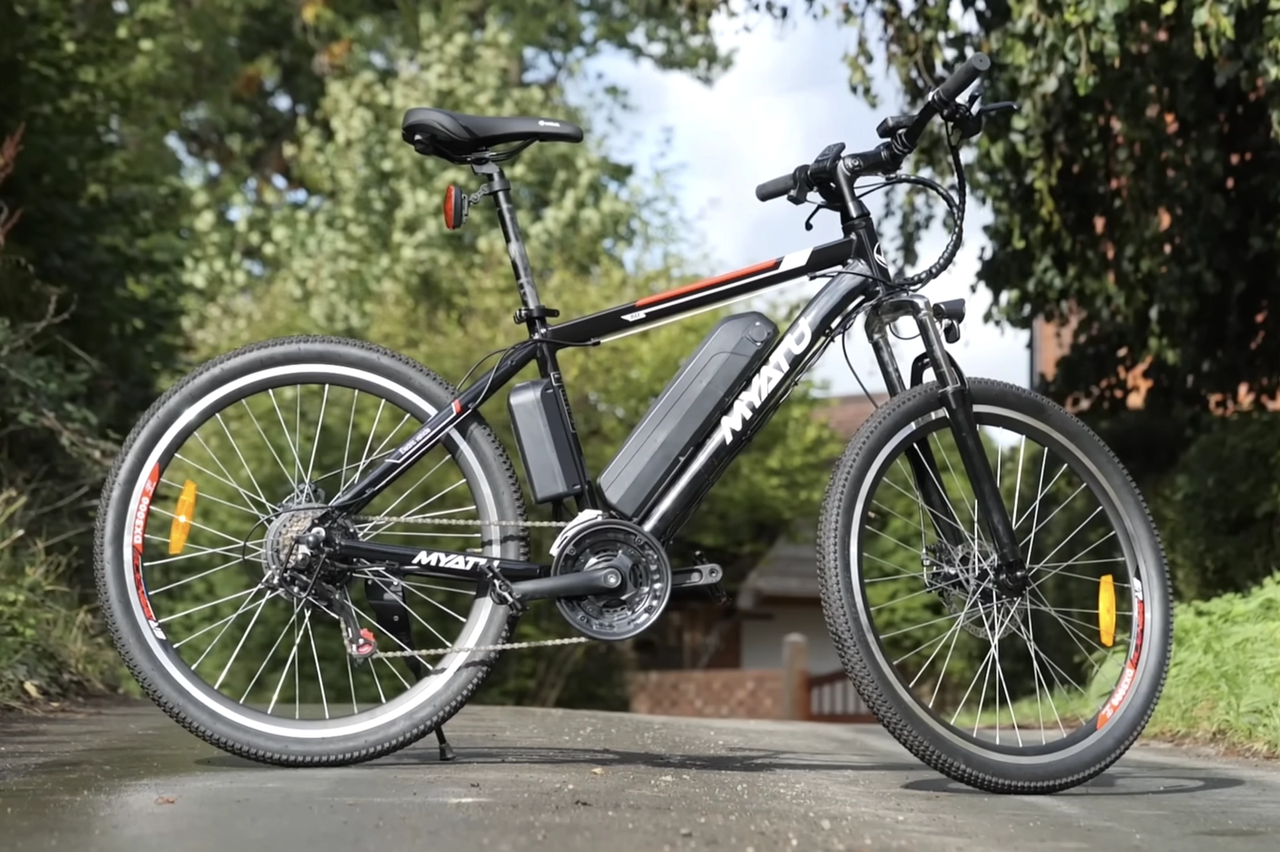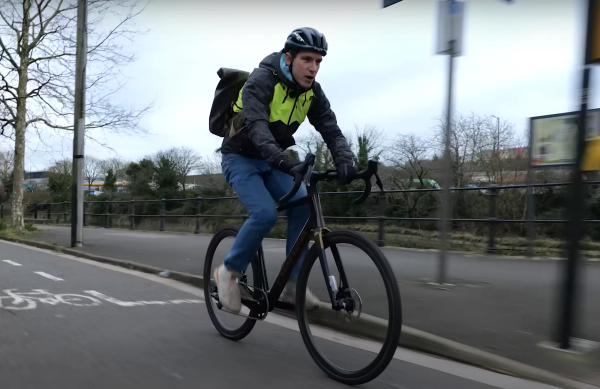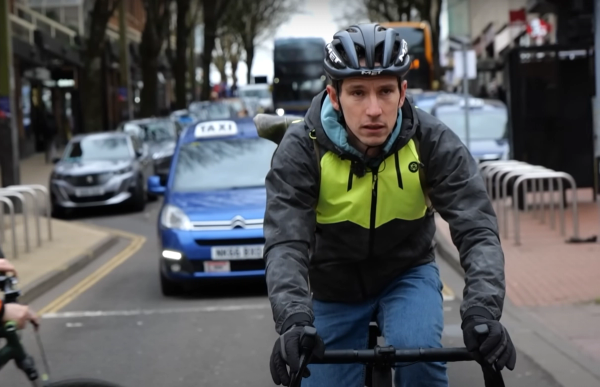How to spot an illegal e-bike
Whether you're buying online or in-person, here's how to work out if an e-bike is legal or not
James Howell-Jones
Junior Writer
© GCN
How to spot an illegal e-bike
E-bikes, also known as electric bikes or eBikes, are getting more and more popular, and we think that’s a good thing. E-bikes make cycling more accessible, they make people less reliant on their cars, and they’re loads of fun to ride. However, as e-bikes have soared in popularity, online marketplaces have become flooded with uncertified, unsafe and illegal e-bikes.
If you’re browsing for a new e-bike, it can be difficult to work out which e-bikes are safe and legal, and which are not. Get it wrong and you could end up with an e-bike that puts you on the wrong side of the law, not to mention at risk of injury.
To eliminate any confusion, this guide will tell you how to work out which e-bikes are legal, and which are not. From speed and power limits, to battery certification, we’ll go through everything you need to know so you can browse with confidence.
Read more: Complete guide to e-bikes: What are they and should you buy one?
What exactly classifies an e-bike legally?
The simplest way to work out if an e-bike is legal or not is to make sure it complies with the legal definition of an e-bike. The specific wording and the individual requirements vary in different countries, states and and jurisdictions, but most places have a broadly similar definition of an e-bike.
Generally speaking, e-bikes are defined as bicycles equipped with a motor that assists propulsion. E-bikes must have pedals that can propel the bike, plus an electric motor with a maximum power output and a maximum speed, both of which vary from country to country.
We’ll list the most widely applied speed and power limits below, but be aware that in some countries, the rules differ depending on the region. Make sure you check the requirements for your region before you get an e-bike.
Read more: Illegal e-bikes: Dutch police unveil roadside power-testing equipment to catch law-breakers
What is the power limit for a legal e-bike
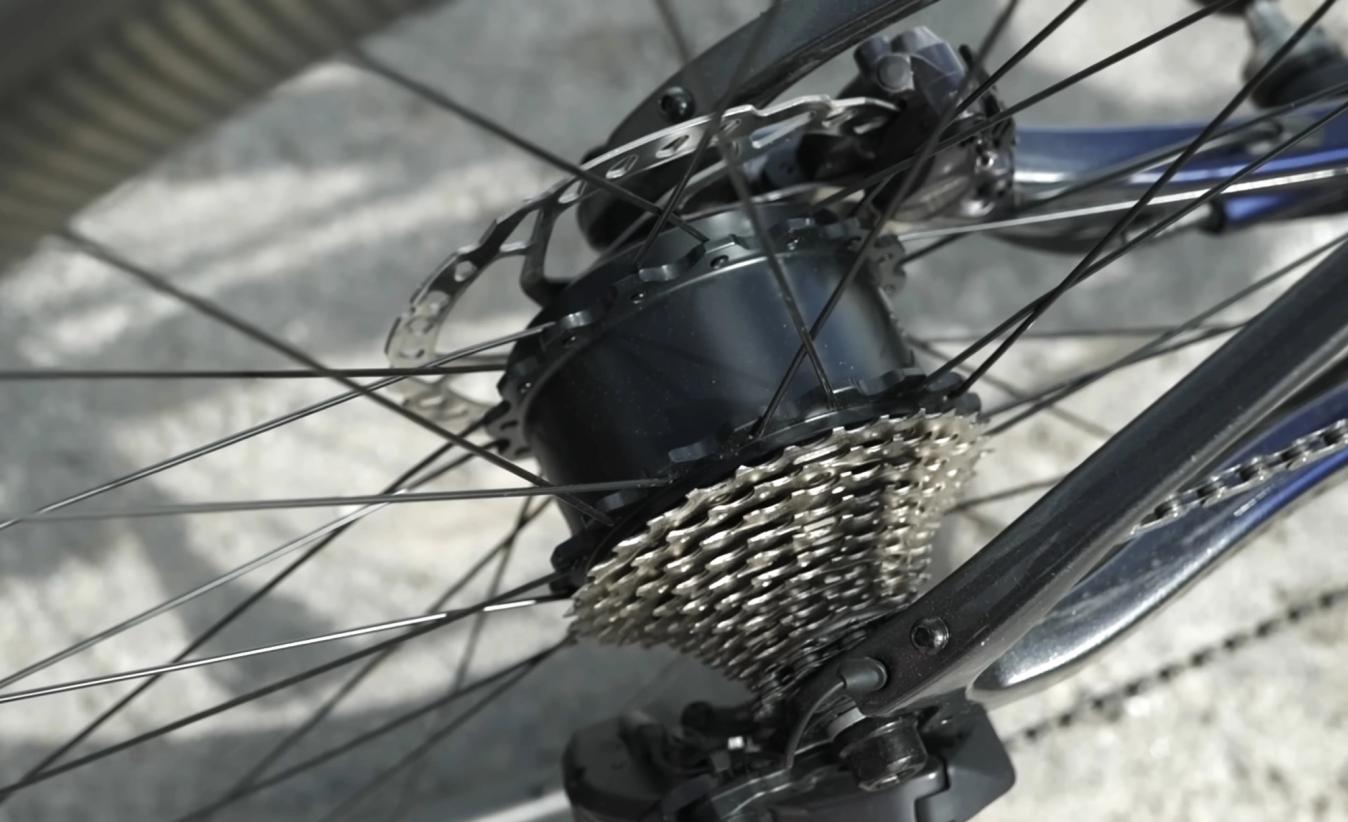
© GCN
In several countries, e-bike motors must produce no more than 250W
In the UK, EU, most of Australia and several other countries, e-bikes are limited to 250W motors for pedal-assist models. That means that any e-bike with a motor that can produce more than 250W output is illegal.
In some countries, the power limit is higher. In New Zealand it's 300W. In most provinces of Canada it’s 500W. In most states of the USA, it’s 750W.
A cause for confusion here can be the battery rating, which is sometimes given in ‘watt hours’ (Wh). For high-end e-bikes, this figure will be much higher than 250Wh, with the watt hour rating for high-power e-MTBs and e-cargo bikes usually approaching 1000Wh. This does not mean that these e-bikes are illegal, as this is the battery capacity rating, not the final output power.
Even e-bikes with high capacity batteries should have an output power of no more than 250W. To resolve any doubt when checking an e-bike is legal, make sure you check the power rating given in watts (W), not the battery capacity, given in watt hours (Wh).
Speed restrictions: how fast can a legal e-bike go?
In the UK, EU, Australia and several other countries, E-bikes are restricted to a maximum speed of 25 km/h (15.5mph). You can still pedal above that speed, but e-bikes that allow the motor to assist above 25kph are not considered e-bikes by law, and are illegal to use without proper registration.
In other countries that limit is higher. In the USA and Canada most states or provinces limit e-bikes to 20mph (32kph). In Denmark, 45kph ‘speed pedelecs’ are legal, as long as the rider is over 15 years old and wearing a helmet.
Pedal requirement: can you ride the e-bike by just pushing the throttle?
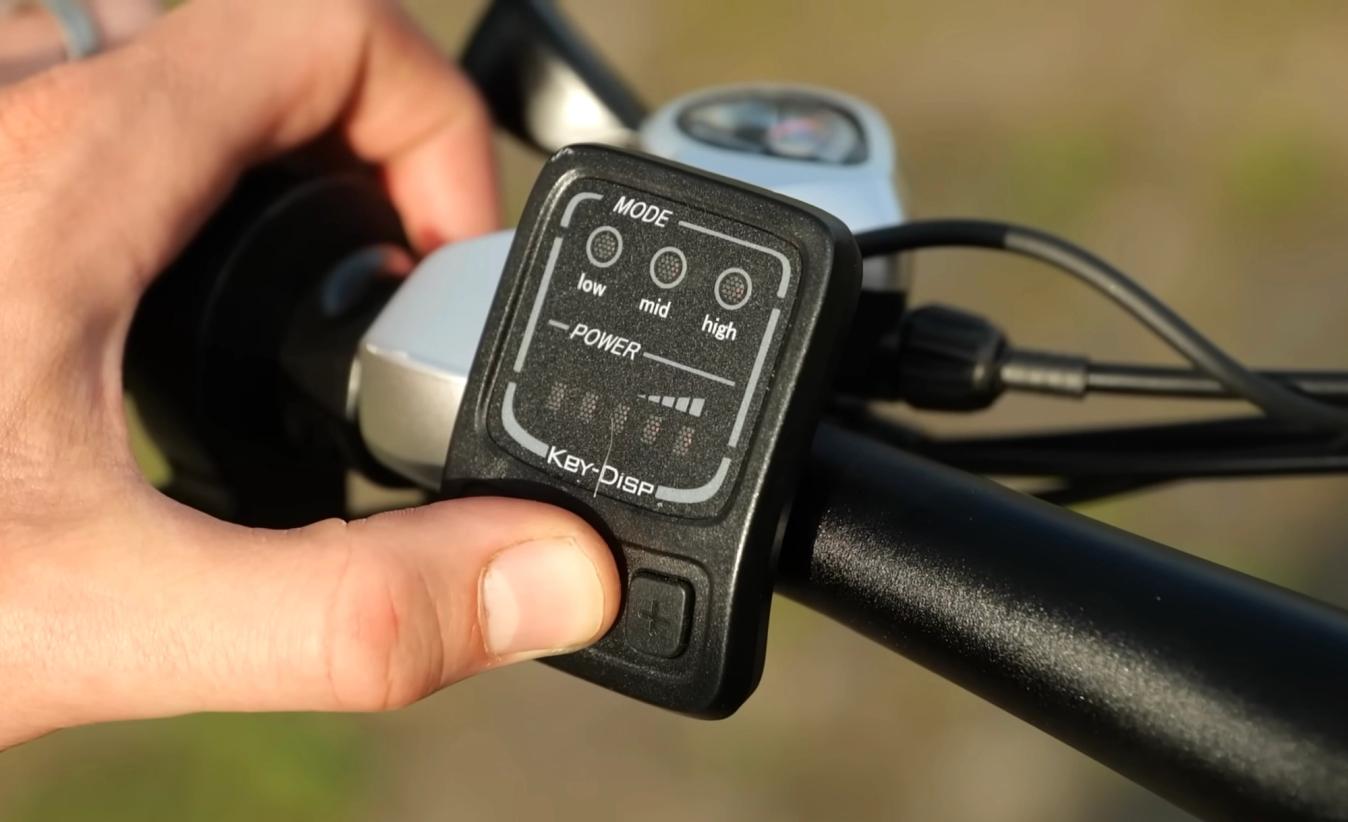
© GCN
Control panels and throttles are permitted, as long as you still need to pedal
Most countries and regions require e-bikes to have operable pedals that can propel the bike. Additionally, most require the motor to be pedal assist, meaning that the motor only kicks in when the rider is turning the pedals.
That means that you shouldn’t be able to sit still on an e-bike, blast the throttle, and travel at high speeds. If you find an e-bike where that’s possible, it’s illegal.
Walking mode: an exception to the law
There is an exception to the pedal assist requirement. Most countries allow e-bikes to have a ‘walking mode’, in which the motor can propel the bike up to 6kph without the rider turning the pedals. First and foremost, this is so e-bike users can manoeuvre the bike with the help of the motor. It’s also so that riders can get the bike going without putting their feet on the pedals, which can help some people keep their balance.
Therefore, don’t be alarmed if you find an e-bike that can propel itself at walking pace without the pedals turning. It’s not illegal, it’s a handy, legal feature that makes manoeuvring the bike easier.
Does the e-bike have clear labelling from the manufacturer?

© GCN
An EC label on an Orbea e-MTB
This is not necessarily a requirement to make an e-bike road legal, but it is a good way of making sure an e-bike is produced to the legal production standards. That will mean it is not a fire risk, and will meet any other safety requirements set by the authorities.
As with most of the legal requirements for e-bikes, the specifics vary from region to region, but in some places, e-bikes need to bear manufacturers' markings.
To be a legal e-bike in the UK (and achieve classification as an Electrically Assisted Pedal Cycle or ‘EAPC’), the bike must display the manufacturer’s name, the maximum power of the motor, and either the maximum speed of the motor or the voltage of the battery.
Since the British and Australian rules follow the European ones, look for bikes that follow the European standard EN15194. E-bikes produced to the correct certification will have a ‘ce’ marking, which will outline all the key information about the construction of the bike.
Read more: Dangerous e-bikes: Trade-in scheme falls flat in New York
How can I tell if an e-bike is being sold illegally online or in person?
The most common feature of illegal e-bikes is that you can ride without pedalling. If you are buying an e-bike in person, make sure that that’s not possible, beyond the legal 6kph allowance.
To make sure you are getting a legal e-bike, head to a bike shop you trust. As well as providing a legal e-bike, many will offer to service your e-bike after a certain amount of time, often as part of the initial purchase deal.
Online, it can be much more difficult. We would always advise buying an e-bike from a reputable brand, so you can trust that their products will be both legal and safe. Avoid unbranded e-bikes from online marketplaces. Even if they are road legal, many of them will have uncertified batteries that could be a fire risk. Look for bikes with clearly marked specifications and branding.
Red flags indicating an illegally sold e-bike may include exaggerated performance claims, lack of compliance with regulations, and suspiciously low prices.
Read more: 8 e-bike safety tips for beginners: How to stay safe while using an electric bike
Is there a government registry for legal e-bikes in my area?
In the vast majority of jurisdictions, if your e-bike fits within the legal restrictions, it does not need any kind of registration or licensing. That means that there will not be a government registry for e-bikes in your area.
However, in the UK you can register your e-bike with the police, as you can with any bike, so that if it is stolen and the police recover it, they will be able to reunite you with your bike.
Can I get my e-bike certified as legal?
No, you cannot apply for any kind of certification to get your e-bike approved legally. E-bikes are legal if they fit within the legal requirements of your region, specifically, if they adhere to all important power limit, speed limit, and ‘pedal assist only’ stipulation. If they do, then you don’t need to get your e-bike certified.
For more e-bike tips and advice, check our e-bikes tag, or visit our buying advice library.
